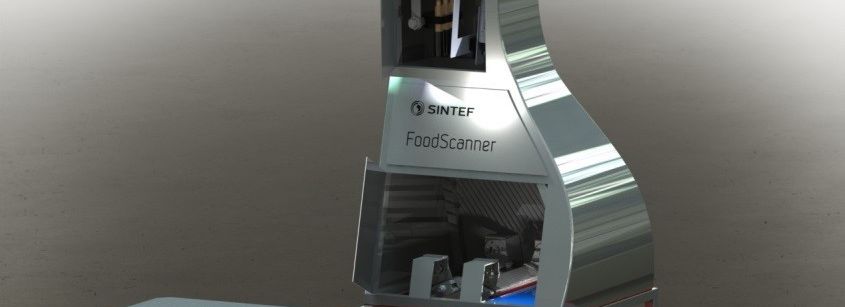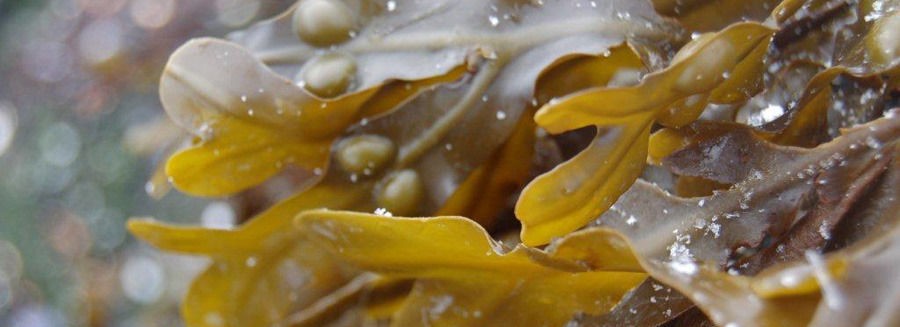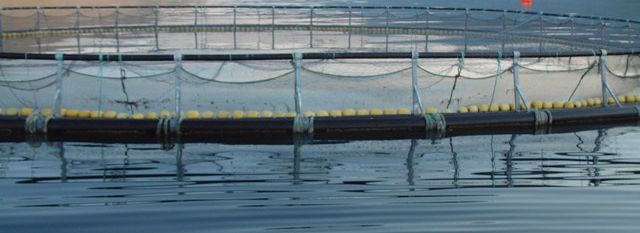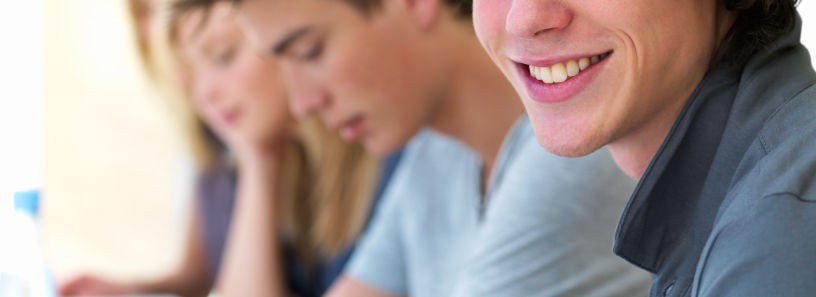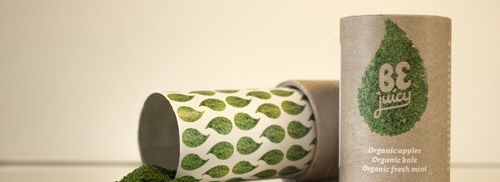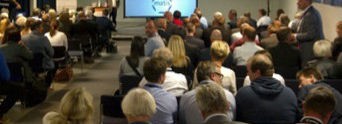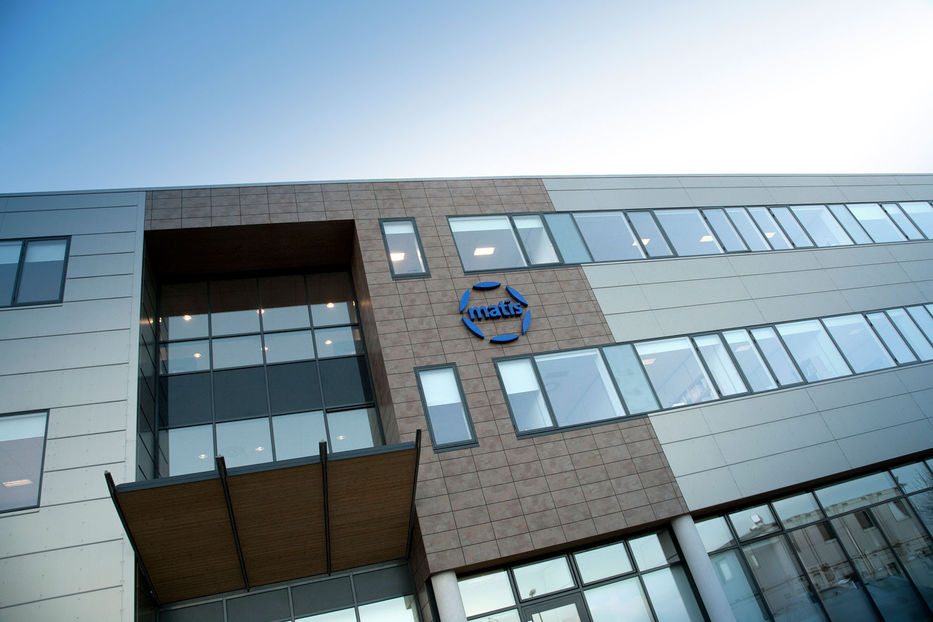The ever-growing population poses major challenges that the FAO (Food and Agriculture Organization of the United Nations) draws attention to in the latest issue of SOFIA. It is estimated that the world's population will reach 9.6 billion by 2050. Various production areas have already reached an expansionary level, so new ways must be found to meet the food needs of the growing world.
In the latest issue of SOFIA (The State of World Fisheries and Aquaculture), FAO's largest publication, José Graziano da Silva, Executive Director of the FAO, emphasizes the importance of finding ways to address world hunger without compromising food quality. or promote the over-exploitation of resources. He looks closely at the potential of aquaculture and states that there is a potential for aquaculture to play a major role in eradicating hunger, promoting better health and reducing world poverty.
It is estimated that 800 million people are already suffering from famine and this number is likely to increase with increasing population. Areas that have been used for cultivation have in some places reached the tolerance limit, so it is important to strengthen the fishing industry and take advantage of the opportunities there. Fish consumption has increased significantly in recent years, but has been a particularly important source of protein and nutrients in the poorer countries of the world.
Blue economic growth
The large increase in aquaculture in recent years has created employment in areas that have been characterized by poverty and unemployment, but in developing countries fish is often more than half of the export value. In Iceland, aquaculture has contributed to positive rural development in areas that have experienced depopulation in recent years.
In the guide, da Silva also emphasizes that although the aim is to increase food production, it must not affect the earth's resources. Human health and food depend on the health of the earth. It is therefore necessary to promote sustainable fishing and aquaculture and, above all, to promote blue economic growth.
He says that blue economic growth is achieved by promoting sustainable use and conservation of renewable water resources through economically, socially and environmentally friendly methods. Blue economic growth aims to balance and harmonize the priorities that contribute to both growth and conservation and ensure benefits for communities that have a stake in the fisheries sector by maintaining a balance between handicrafts, industrial fishing and aquaculture.
Icelanders see opportunities in aquaculture
Aquaculture is the food industry that has grown the most in recent years and is currently growing faster than the world's population growth. Fish produced in aquaculture has already accounted for about half of the fish consumed in the world and the share of aquaculture is estimated to have reached 62% by 2030.
Aquaculture is a growing industry in Iceland. Arnljótur Bjarki Bergsson, division manager at Matís, believes, however, that further research and development work is needed to strengthen aquaculture in Iceland. He points out that Icelanders fish around 1-2% of fish caught in the world, but only 0.01% of total fish production.
"There are certainly opportunities for increase here, but ways must be sought to maximize the profitability of aquaculture, for example by developing cheaper feed without compromising the quality of the raw material."
Arnljótur points out, however, that Icelanders should look at quality rather than quantity and thereby aim for a more expensive market. The bioeconomy off the coast of Iceland is fragile and care must be taken not to spoil it.
Arnljótur believes that in the future it can be assumed that fish farming in the west fjords will produce as much if not more fish than is caught in the area today. Iceland can play a major role in the fight against hunger, not only as a food producer but also through research and innovation.

